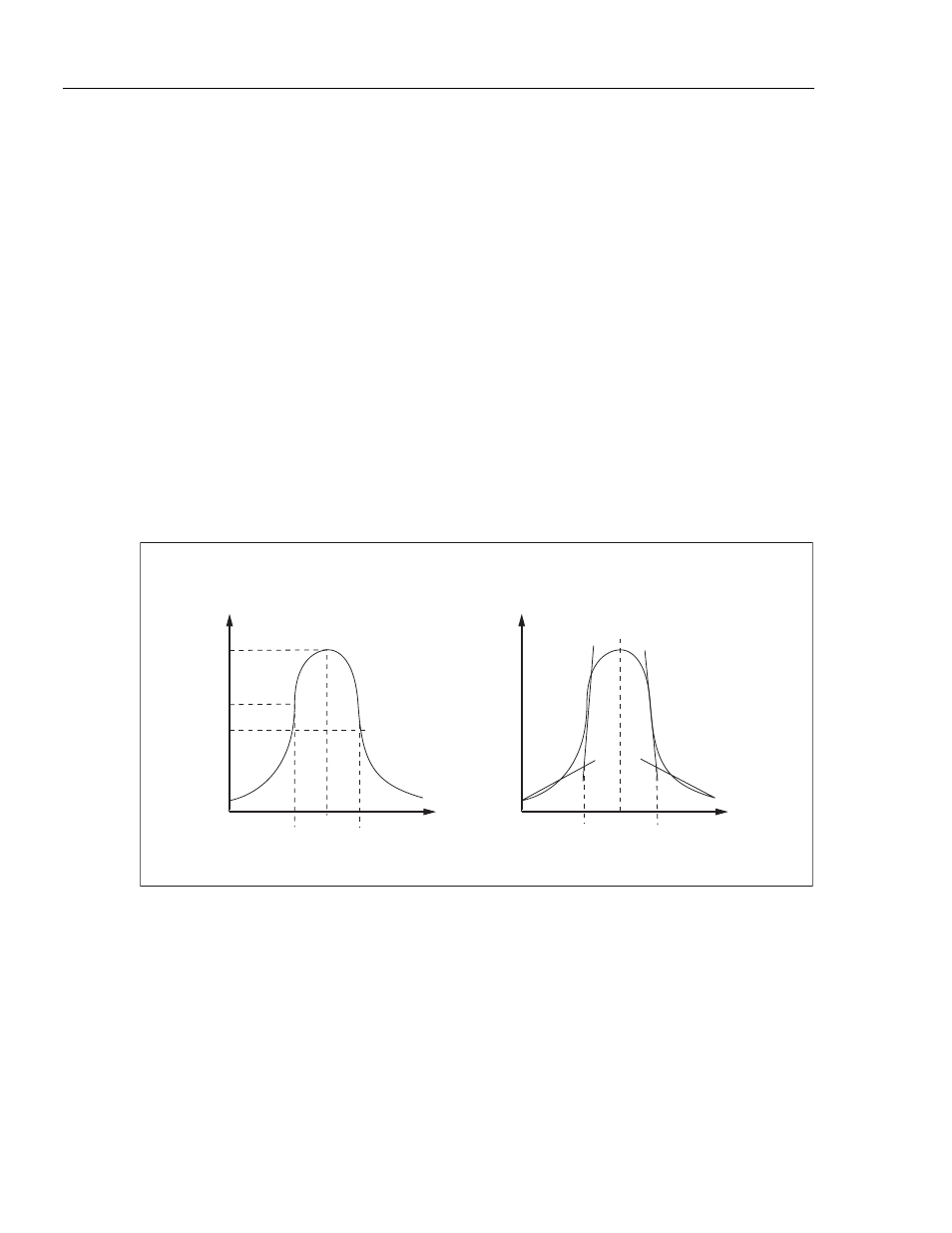Bp determination – Fluke Biomedical Cufflink User Manual
Page 142

Cufflink
Operators Manual
A-6
deflating again. The number of pulses gathered depends on the monitor software and the
algorithm used. In a stat mode, it is common to gather only one pulse per step. In normal
mode, it is common to gather pulses until at least two pulses are within some tolerance of
each other in amplitude for artifact rejection.
When a monitor step deflates in large steps, it must interpolate the shape of the pulse
envelope. The larger the step size the larger the potential for error when interpolating. If
the step size is small, the potential for error is reduced. Much effort has been spent by
manufacturers to maximize step size and minimize error with varying degrees of success.
With the introduction of the Analyzer, it is now possible to compare normal mode to stat
mode and observe the repeatability of the monitor as a function of step size and pulse pair
matching. The end of the measurement cycle is defined as the point at which diastolic
pressure has been determined. At this time the cuff is rapidly deflated to further minimize
patient discomfort.
BP Determination
The manner in which oscillometric pulses vary as a function of cuff pressure is open to
interpretation. Height-based and slope-based algorithms are used to determine blood
pressure based on pulse amplitudes. Figure A-4 shows the same pulse envelope
interpreted by these two different methods.
P
u
lse
Amplit
u
de
Map
%
Distole
%
Distole
Height Interpretation
Slope Interpretation
Systole
%
Systole
C
u
ff
Press
u
re
P
u
lse
Amplit
u
de
Distole
Map
Systole
C
u
ff
Press
u
re
fcv009.eps
Figure A-4. Height/Slope Interpretations for Determining BP from Pulse Amplitude Data
Height Method
The peak pulse amplitude is treated as MAP and normalized to a value of 100%. The cuff
pressure at MAP is the MAP pressure. Systole and diastole are fixed percentages based
on MAP. The cuff pressure under diastole is the diastolic pressure and the cuff pressure
under systole is the systolic pressure.
There is no standard to suggest what the percentages for systole and diastole should be or
even that they should be fixed percentages. Manufacturers using height-based algorithms
have performed their own clinical trials and drawn their own conclusions about what the
percentages should be and whether they are fixed as a function of MAP pressure.
